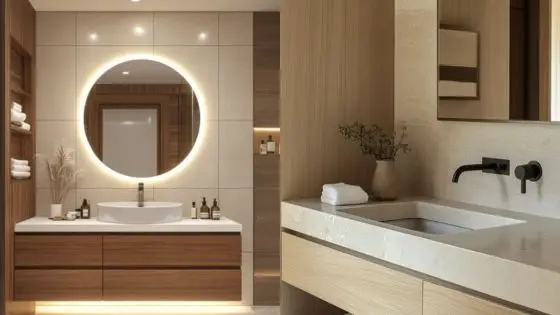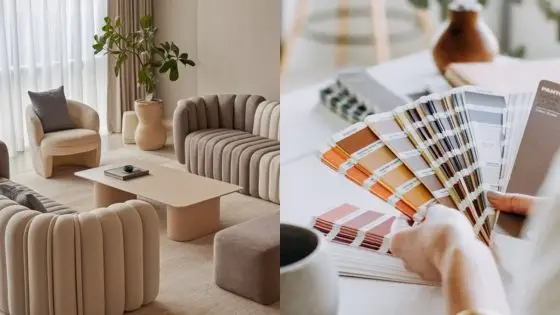Having dinner parties where there is not enough table space leads to the uncomfortable situation of forcing guests into tight quarters. Yeah, not ideal. Dining tables that extend between their normal length and longer ones offer a perfect solution for unexpected guests with their dual functionality and sleek appearance.
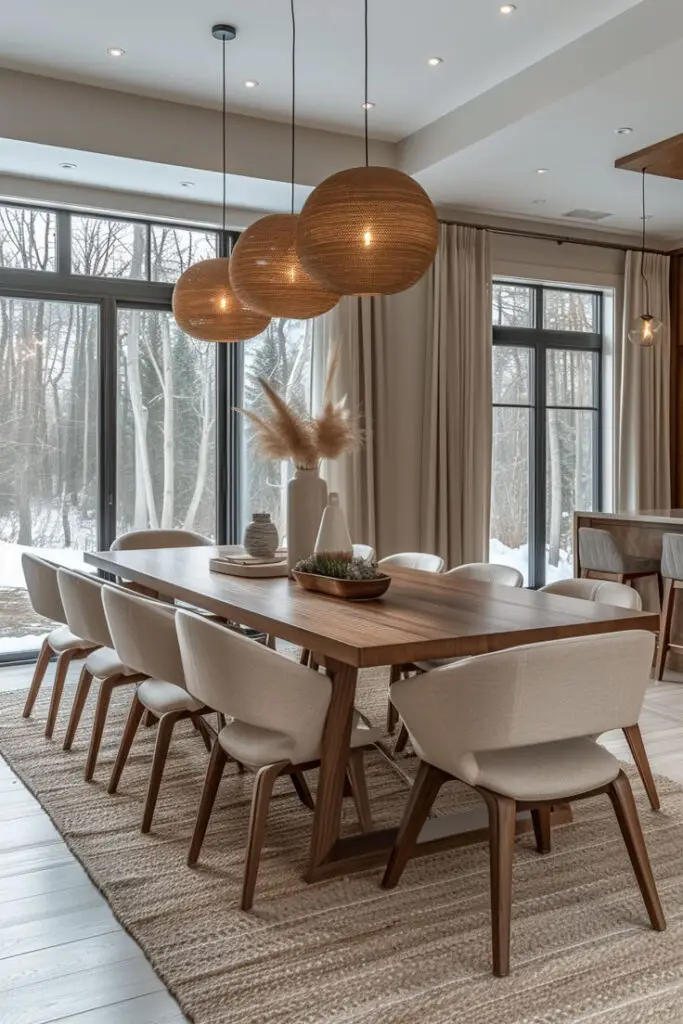
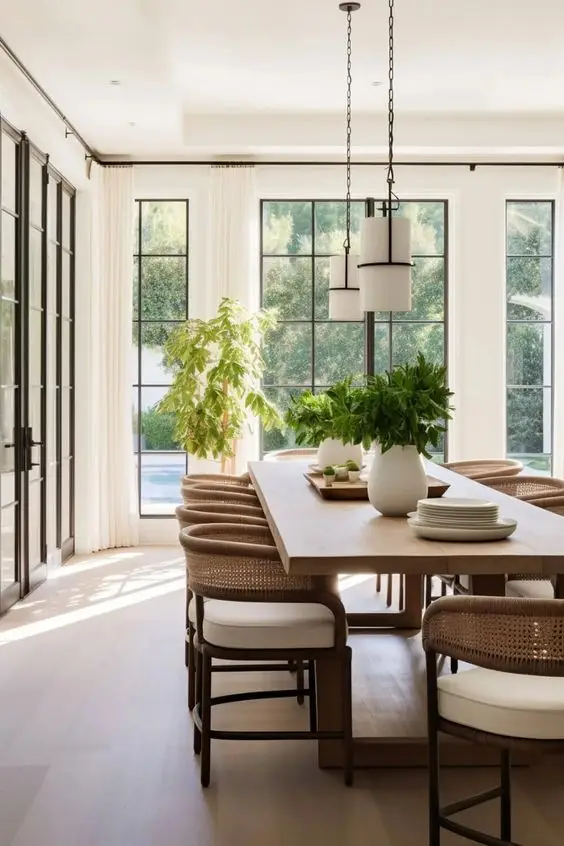
The development of extending dining tables paralleled changes in human lifestyles, starting from their wood plank origins through contemporary sleek modern designs. An extending dining table functions equally well for both big celebrations and everyday dinners.
The trend has led Adventures in Furniture and other brands to develop stylish furniture pieces that combine traditional aesthetics with modern functional designs. The following article verifies how extending dining tables evolved from basic functional elements to stylish decorative pieces.
Early Designs: Simplicity & Functionality
People used to depend on practicality for extending dining tables before the introduction of space-effective mechanisms. Wooden versions served as the initial basis that later resulted in the contemporary table developments. Here’s how it all began:
- Basic Wooden Planks: Before there were sleek, under-the-knee solutions available for dining tables, people went with a sturdy plank, a simple solution for dinner parties. They were dismountable but not elegant.
- Add-On Panels: Additional wooden boards were inserted as required, frequently loose on top. Practical but requires work and is not the smoothest of transitions.
- Heavy, Durable Materials: The manufacturer built these tables with a combination of solid oak and walnut materials for enduring longevity. These tables weighed heavily, which made it challenging to alter their position or adjust them when changing requirements appeared.
- One-Size-Fits-All Approach: Unlike the customisable offerings of today, tables of the past were set sizes, which meant families had to adapt to their constraints and not the reverse.
Renaissance & Victorian Era: Craftsmanship & Status
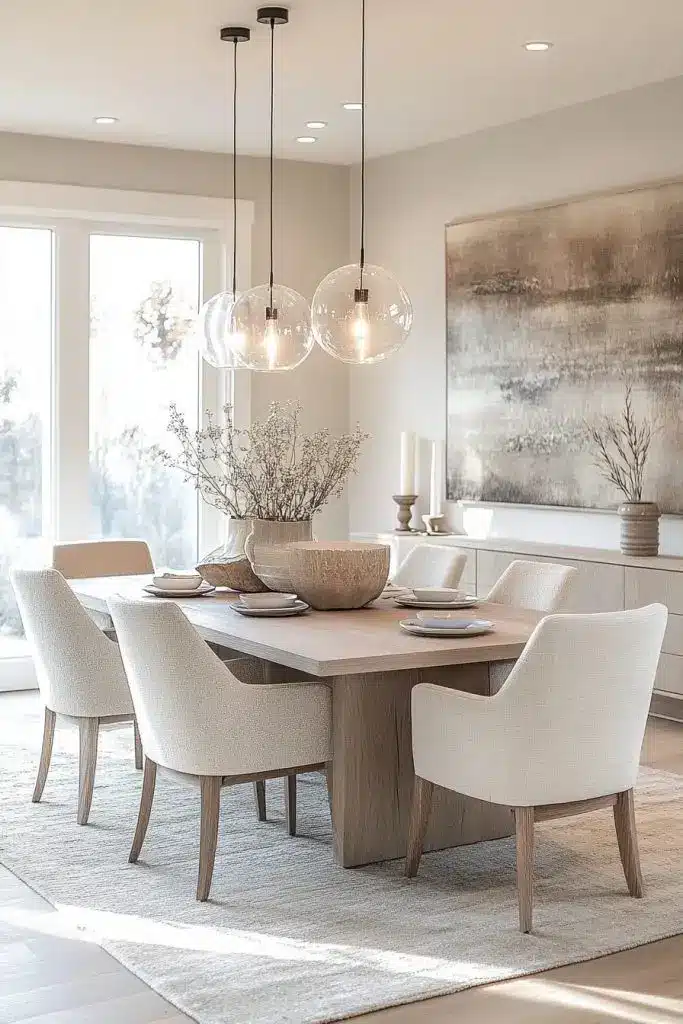
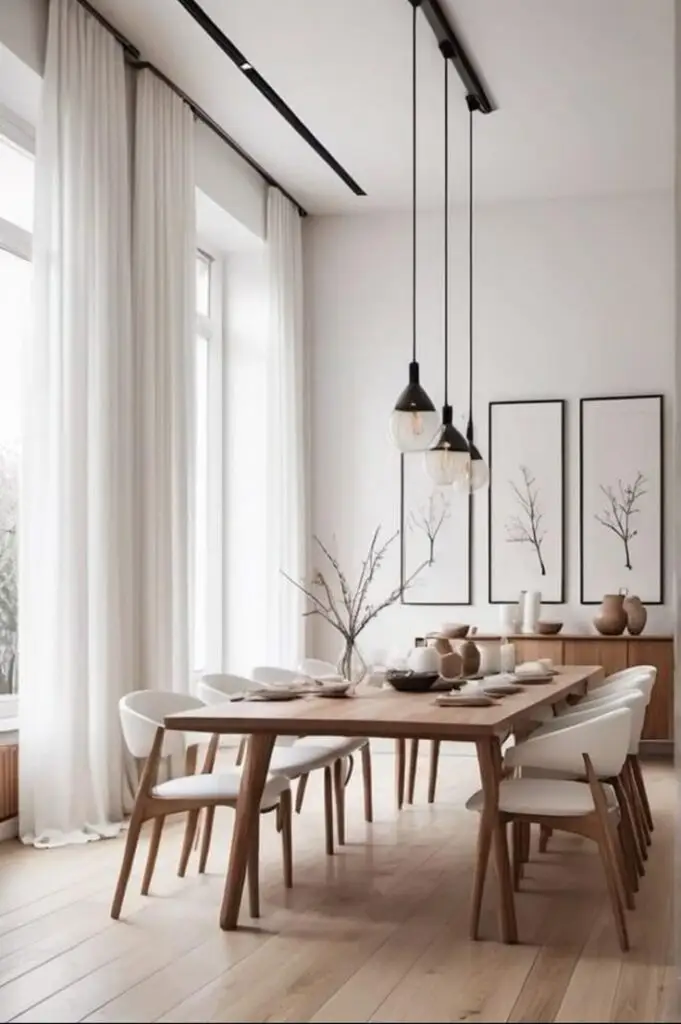
A transformation occurred in table design when dining evolved into a symbol of sophistication and wealth, so wood platforms developed into magnificent works of craftsmanship. The period of the Renaissance and the Victorian era added elaborate designs together with intricate features as well as technological improvements.
- Ornate Carvings & Detailing: Through elaborate scrollwork and floral motifs, along with hand-carved embellishments, tables became beautiful works of art that also served as signs of wealth and upper-class status.
- Expandable Leaf Mechanisms: Creative sliding panels and drop-leaf mechanisms enabled tables to expand with ease, seating rich banquets without sacrificing aesthetics or integrity.
- Premium Woods & Finishes: Mahogany, oak, and walnut became the materials of choice, with durability, warm color, and a lustrous finish that dignified dining rooms.
- Statement Pieces in Grand Homes: Now not just a table of convenience, the dining table was the focal point of aristocratic dining rooms, showcasing skill, status, and a touch of class in entertaining.
Industrial & Mid-Century Modern Era: Efficiency & Minimalism
Industrialisation introduced a shift from the opulent to the more pragmatic. Dining tables found themselves more in line with modernity, marked by clean lines, smart materials, and functional forms for easy access, adaption, and modernity.
- Streamlined, Functional Designs: Tables shed their unnecessary ornamentation, opting for smooth shapes, straight edges, and utilitarian forms that were focused on usability without compromising style.
- Innovative Materials: Modern industries substituted steel for glass and molded plywood for heavy wood to manufacture tables that reduced cost and gained wide market availability.
- Expandable, Space-Saving Features: Drop-leaf, butterfly, and nesting table designs became popular in the mid-century because of their compact size that would fit in smaller urban apartments and multi-functional living spaces.
- Iconic Designer Influence: Two principal designers, Eames and Saarinen, showed the world their modern twist on dining furniture when they presented designs with bold, innovative looks that continue to look fresh in current times.
Contemporary & Smart Innovations
Dining tables have gone from plain slabs of wood to highly evolved and smart centerpieces for everyday use. Today’s designs redefine gathering, eating, and living through style, innovation, and sustainability.
- Sleek, Customisable Designs: Extendable and modular tables now adjust to various spaces and requirements, providing resizable and switchable tops and customised finishes for an actualised personalised dining experience.
- High-Tech Integration: New advancements have made these dining furniture pieces more functional, wireless charging, touch-sensitive lighting, and hidden storage are all made for the tech-savvy modern home.
- Sustainable Materials & Practices: The use of bamboo, reclaimed wood, and eco-friendly composites proves that excellent design can certainly be very stylish and responsible toward the environment.
- Multi-Use Functionality: Tables are now dual-purposing as workstations, entertainment hubs, and even smart surfaces, fitting well in hybrid lifestyles.
The Future of Dining Tables: What’s Next?
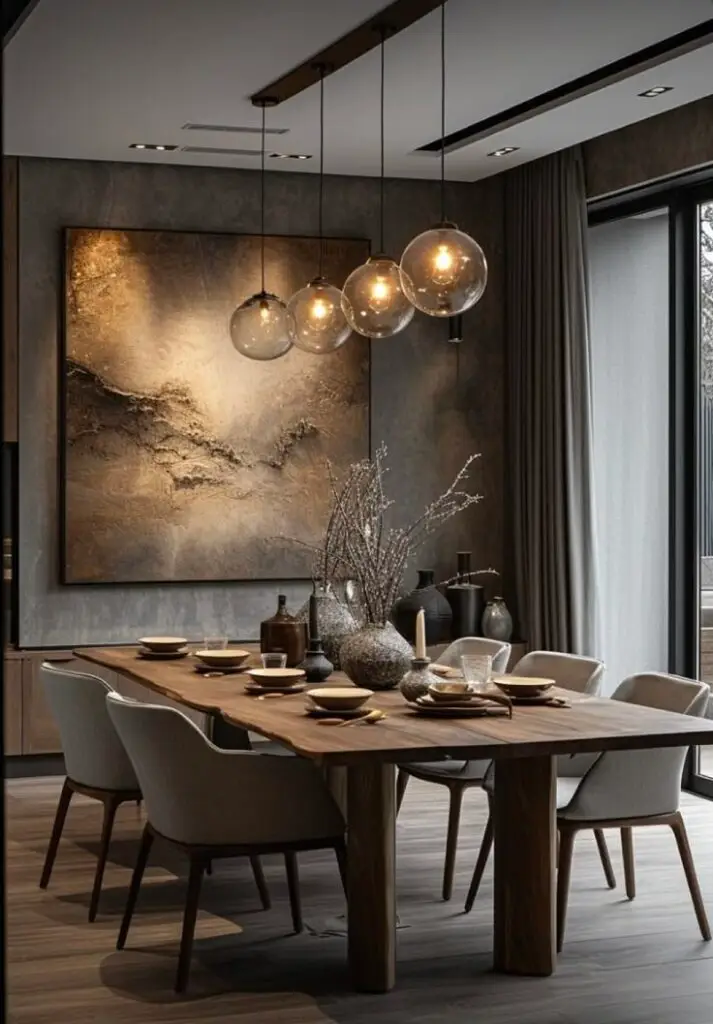
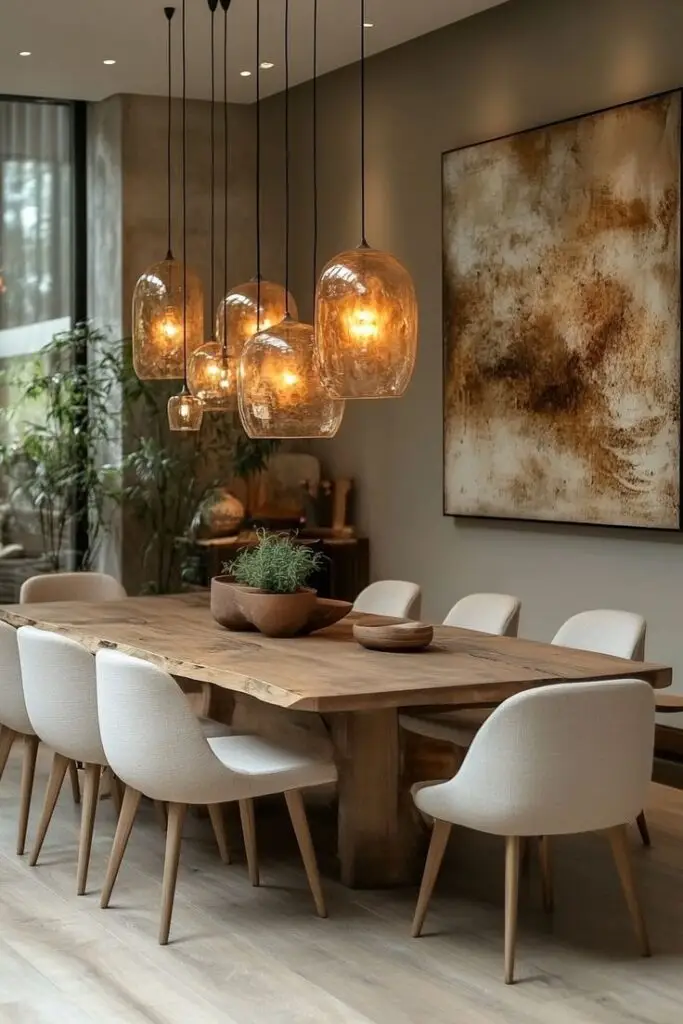
The fact that dining tables, too, evolve with technology and sustainability gives room for another foray into the next technological territory.
- AI-Powered Features: Envision how a table that changes its height and temperature or even informs you of recipes based on the ingredients placed on it would be an interactive and efficient way to dine.
- Space-Optimised Solutions: Foldable, wall-mounted, or retractable designs will be the norm in urban dwellings, contributing to architectural space-saving without compromising on elegance.
- Biodegradable & Recyclable Materials: Future dining tables will center around totally sustainable materials, minimising environmental footprint without a loss of durability or aesthetics.
Conclusion
Dining tables have come a long way from mere utility to intelligent, fashionable centerpieces. As innovation keeps advancing, they’ll continue to adapt to contemporary lifestyles, integrating function, beauty, and sustainability harmoniously.
- 59shares
- Facebook0
- Pinterest59
- Twitter0


